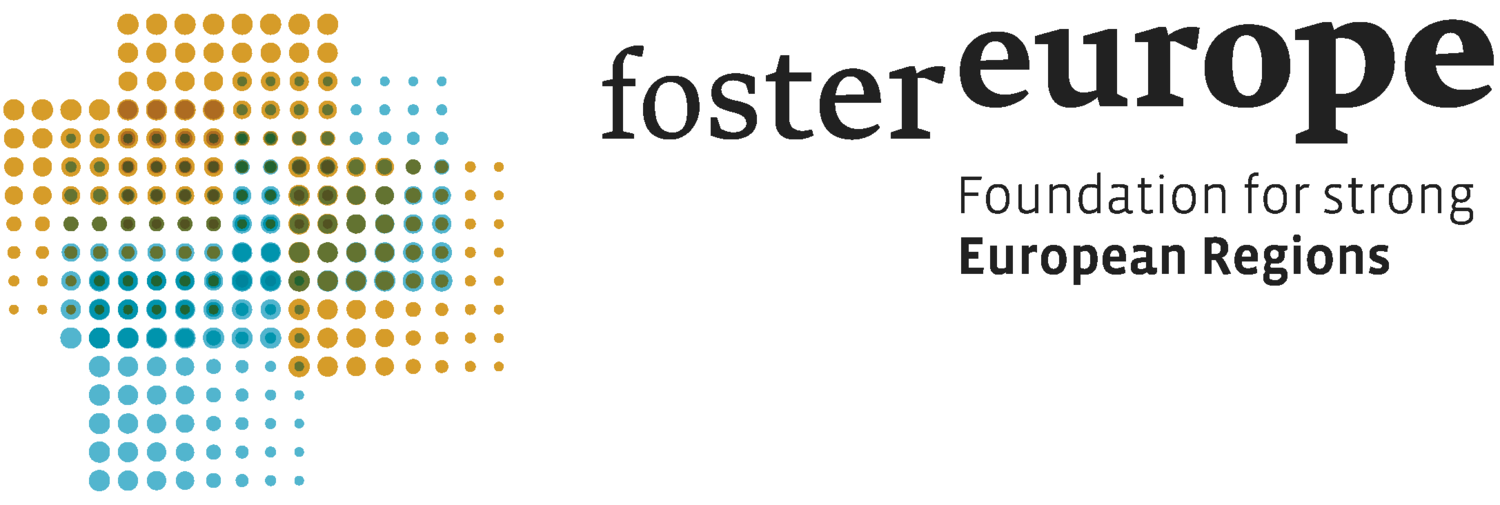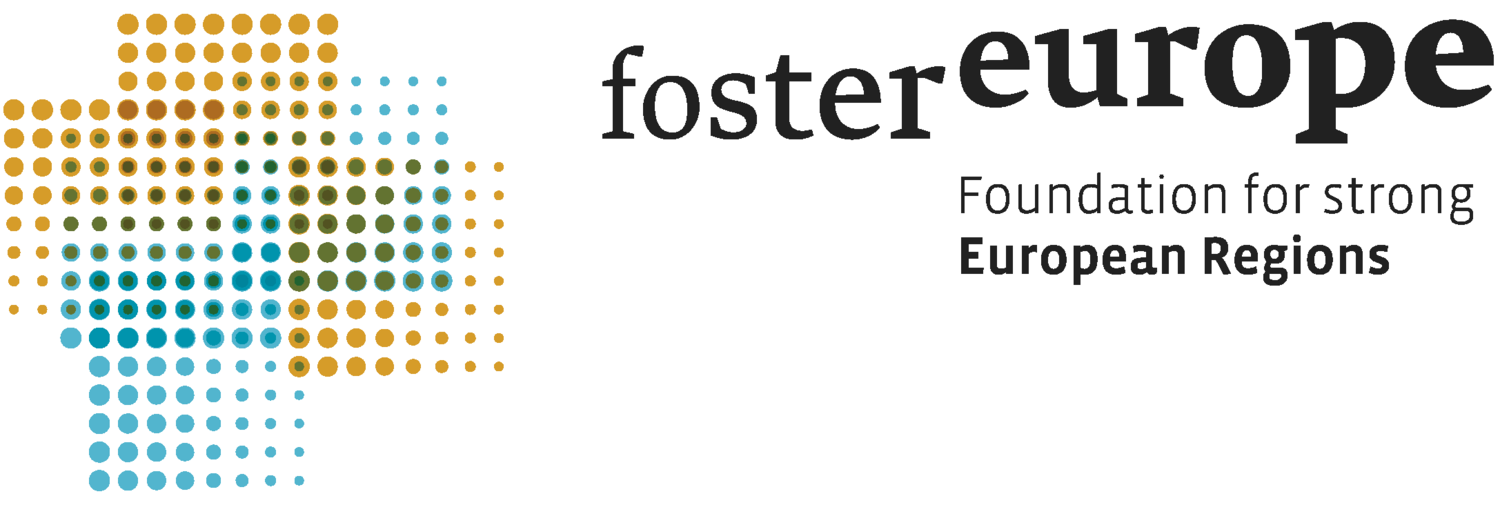From Dictatorship to Democracy: The Educational Journey of Roma Youth in Romania
A nation’s transformation
Romania’s road from totalitarian rule to democracy has been long and turbulent. After World War II, the country fell under Soviet influence and, by 1947, became the People’s Republic of Romania. The ensuing decades were marked by political repression, strict surveillance by the feared Securitate, and economic hardship. Nicolae Ceaușescu’s regime deepened the isolation of Romanian society until the Revolution of December 1989 ended 44 years of authoritarian rule.
The transition to democracy brought hope — but also uncertainty. The National Salvation Front took power in 1990, promising change, yet much of the old political elite remained. Protests, such as the violent “Mineriad,” showed how fragile Romania’s new democracy was. With the adoption of the 1991 Constitution, basic freedoms and multiparty elections were established, laying the foundation for a modern democratic state.
By the 2000s, Romania’s path turned decisively westward with NATO membership in 2004 and EU accession in 2007 — milestones marking its return to the European family. Civic protests, anti-corruption movements, and judicial reforms have since shaped the country’s democratic evolution.
Roma youth and the struggle for equality
Yet for many Roma citizens — especially the younger generation — democracy has not automatically translated into equal opportunity. The Roma community continues to face systemic discrimination and social exclusion. Prejudice in media, education, and employment remains widespread, while poverty and segregation limit access to quality schooling and healthcare.
Roma youth often experience stigma in classrooms, racial profiling, and reduced access to public services, particularly in rural areas. Many leave school early due to poverty, early marriage, or discrimination, perpetuating a cycle of marginalization.
Education: challenge and hope
Education is both the greatest challenge and the greatest hope for Roma inclusion. There have been encouraging developments:
Affirmative action measures now reserve seats for Roma students in high schools and universities, including law and medical faculties.
Mentorship and scholarship programs support Roma learners through secondary and higher education.
Roma school mediators help bridge the gap between communities and institutions.
EU-funded and NGO projects have expanded access to education, especially in remote regions.
Roma history and culture have been introduced into curricula, encouraging understanding and combating stereotypes.
Still, progress is uneven. School segregation, teacher bias, and limited early-childhood education persist. Too few Roma professionals serve as visible role models, and dropout rates remain high — particularly among girls.
A call for sustainable inclusion
Lasting change requires more than policies; it demands long-term commitment, community participation, and political will. Inclusive education must be seen not as charity but as the foundation of a just democracy.
Art, digital media, and storytelling — tools close to the FREI project’s vision — can amplify Roma voices and shift narratives. Empowering Roma youth through education and creative expression is not only about equality — it is about strengthening democracy itself.

